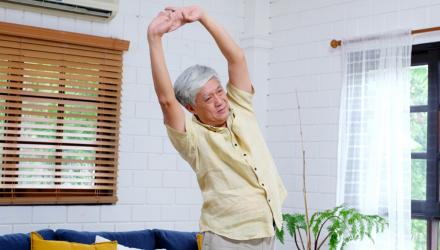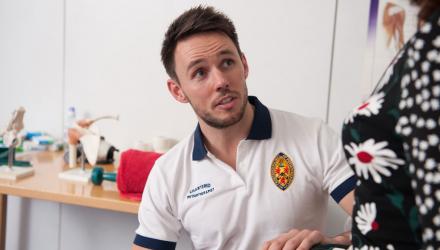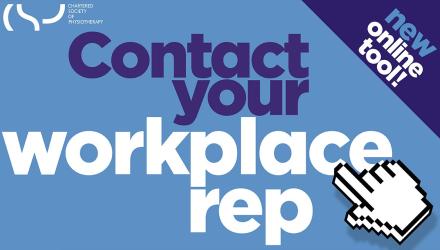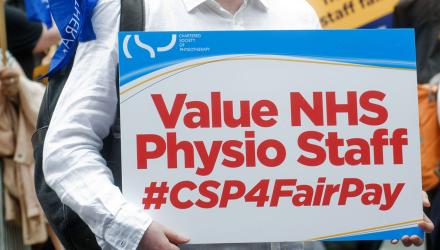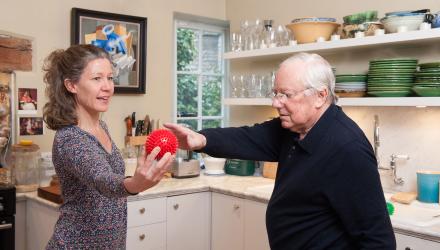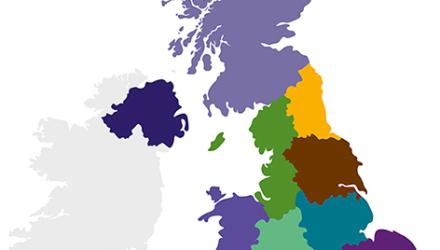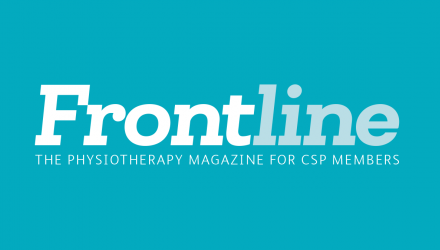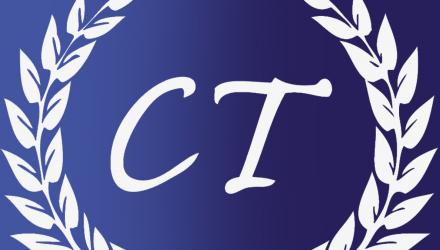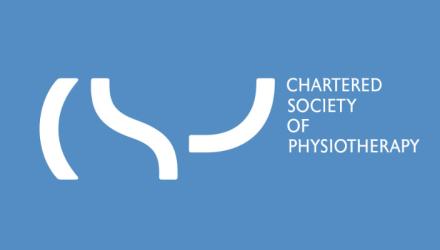Physiotherapists in accident & emergency use expert knowledge and skills to improve patient care and flow; preventing unnecessary admissions, restoring function and enabling independent living
The front line
 Find out the facts about physiotherapy's effectiveness with our range of evidence-based briefings
Find out the facts about physiotherapy's effectiveness with our range of evidence-based briefings
Physiotherapists work either as frontline emergency physiotherapy practitioners (EPPs) or as part of the multi disciplinary therapy team in A&E and medical admission units (MAUs). They can reduce delays and inefficiencies, prevent unnecessary admissions and enable timely discharge of patients to home or community settings.
EPPs see patients with, mainly, musculoskeletal (MSK) problems independently of medical staff. They undertake activities including expert assessment, requesting and interpreting investigations, managing wounds, soft tissue injuries and fractures, providing advice and treatment, freeing doctors to manage more complex conditions and improving patient flow. Physiotherapists managing MSK injuries have equivalent clinical outcomes and lower direct costs than doctors or emergency nurse practitioners.
Attendance at A&E is increasing faster than population growth, and this rate is highest in people over 65.
Size of the problem
- In 2012-13, 18.3million people attended A&E units; 43% were under 30 years old, 24% were aged 60 or over, 21% were admitted to hospital and almost 21% attended for joint, muscle, tendon, ligament and soft tissue injuries.
- The cost per attendance was £115, giving a total cost of over £2,111million of which about £440million relates to MSK injuries.
The clinical risks associated with hospitalisation of older people are clearly documented including loss of function, delirium, and hospital acquired infections. In A&E / MAUs physiotherapists assess and
manage people, including those who have fallen, to avoid unnecessary admission and enable timely discharge to a safe environment with appropriate therapy or social support to prevent re-admission.
For older patients, discharge planning is often a key performance indicator and a large part of the therapist role. It requires close liaison with other team members and rapid decision making to assess if patients can manage at their pre-admission destination, with or without increased health or social care support, or if they require placement for either rehabilitation or interim social care. Arranging community services could include home physiotherapy, increasing an existing care package, falls prevention services and intermediate care, either in the patient’s home or a residential rehabilitation setting, or providing equipment.
Historically, A&E therapists were occupational therapists (OT) because of their key role in discharge planning. Care and treatment have evolved in the light of changes in demands and expectations of healthcare; currently Physiotherapy and OT roles overlap with teams working closely together, providing interdisciplinary assessments which streamline patient care. For example, many A&E physiotherapists will
assess a patient’s ability to manage personal care tasks and provide basic equipment to enable patients to return home and avoid admission.
In 2011, the NHS London care commissioning standards, stated that a multi-disciplinary assessment should be made within 12 hours of a
Are you a CSP member? Please tell us how we can improve these briefings. Just login and complete our pop-up survey.
patient presenting to A&E, highlighting the crucial role of therapists in preventing unnecessary admissions. Following publication of these standards many hospitals reviewed their A&E therapy services and developed services further, to include extended hours and weekends.
Evidence shows therapy-led services prevent admissions, reduce length of stay and are cost saving.
Conclusion
Physiotherapists in A&E undertake an extensive and advanced role, providing expert assessment, diagnosis and management to a wide range of patients to deliver cost and clinically effective patient centred care. They provide an additional knowledge and skill set to traditional A&E professions to meet the growing demands of emergency healthcare.
Download the evidence-based briefing complete with references below, in English or Welsh.




